-
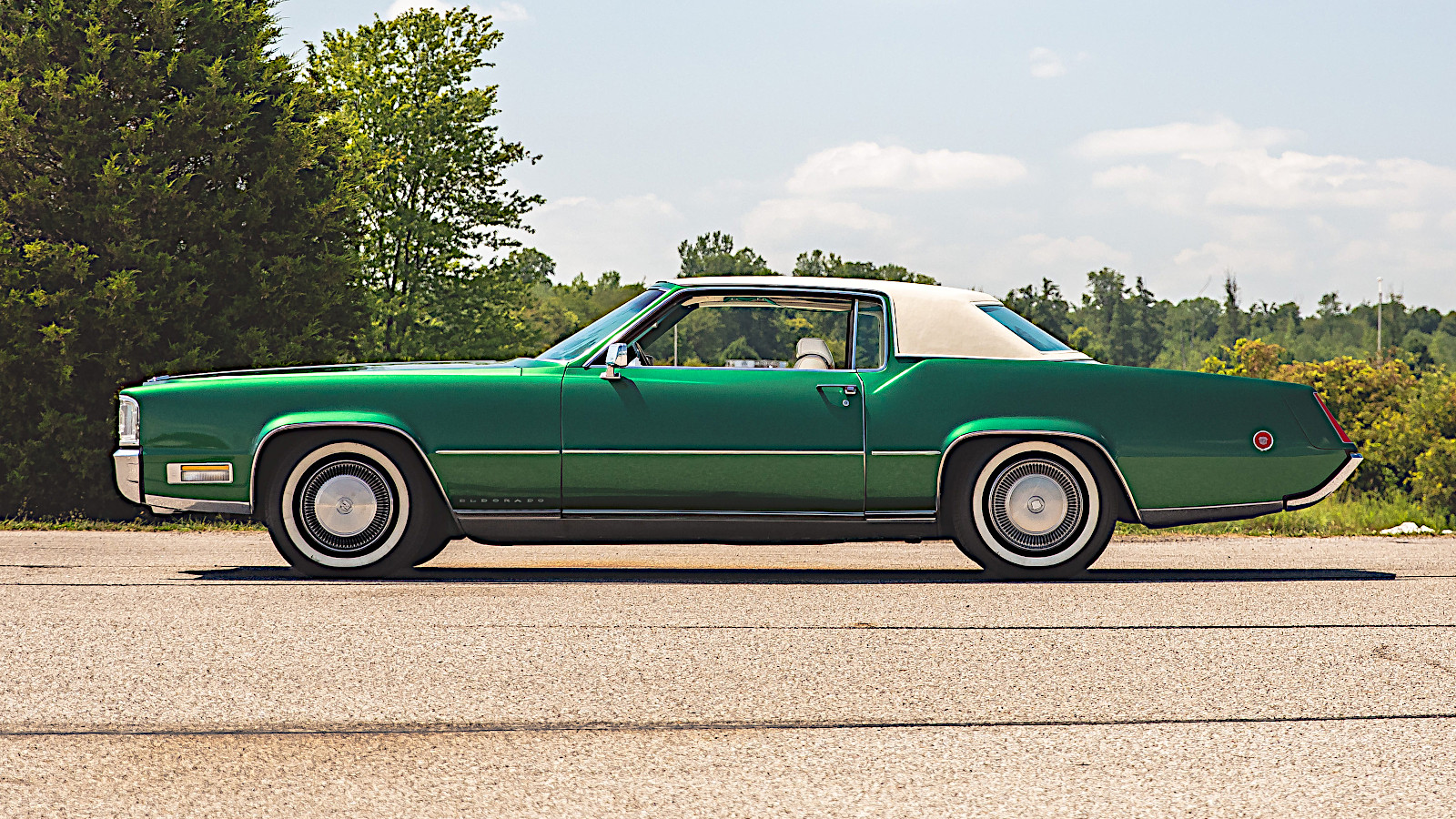 © RM Sotheby’s
© RM Sotheby’s -
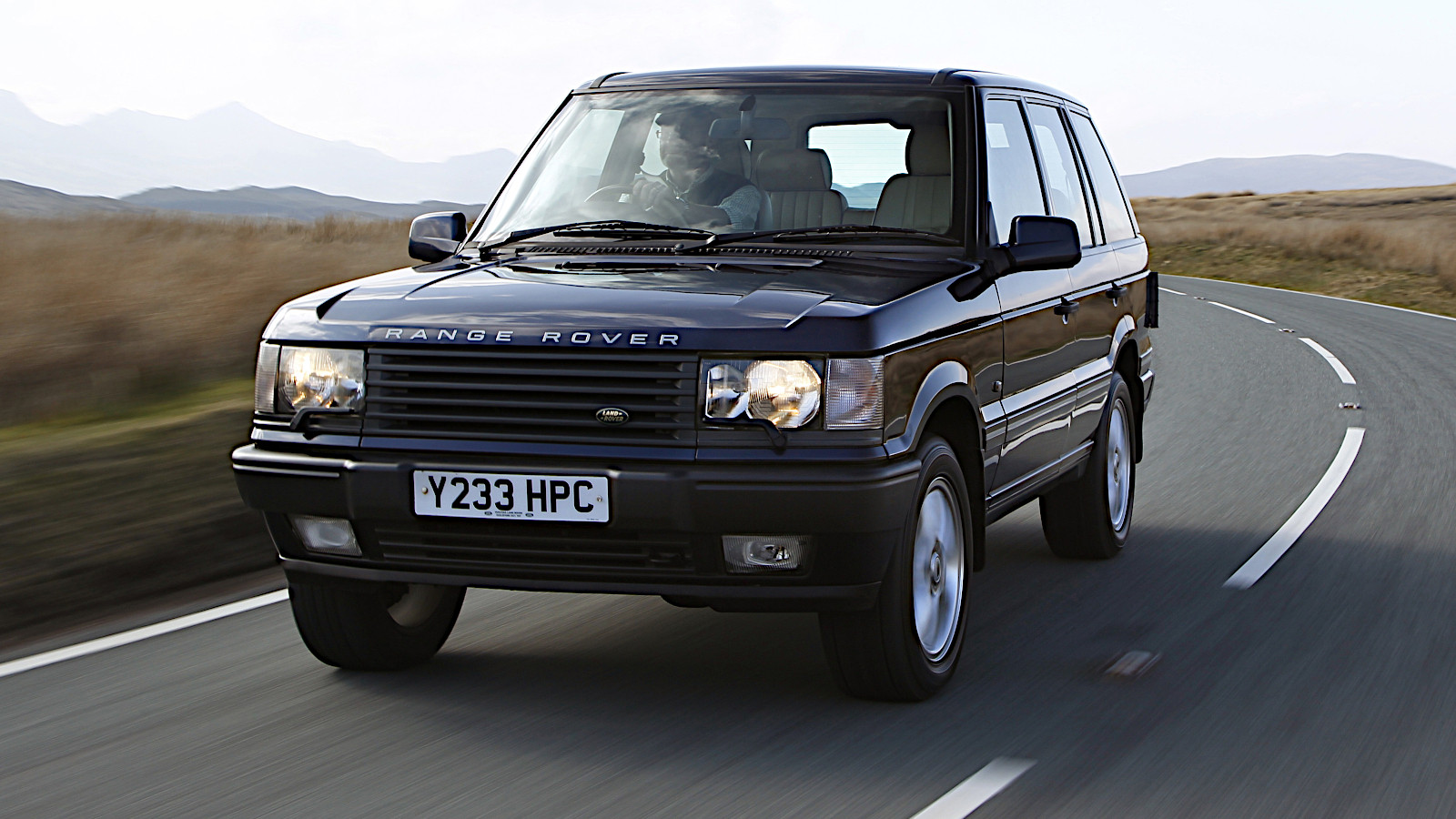 © Land Rover
© Land Rover -
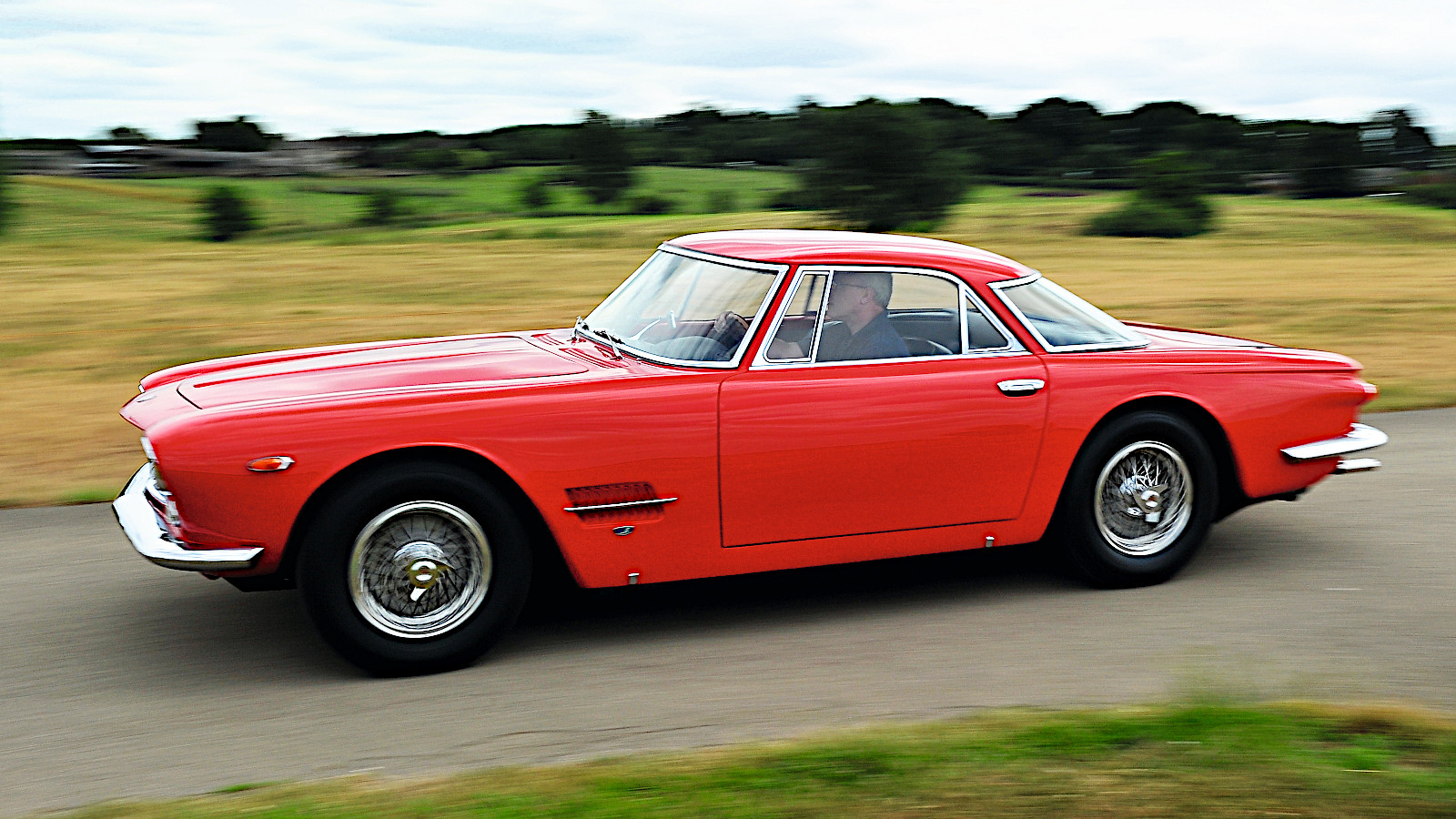 © Tim Scott/Classic & Sports Car
© Tim Scott/Classic & Sports Car -
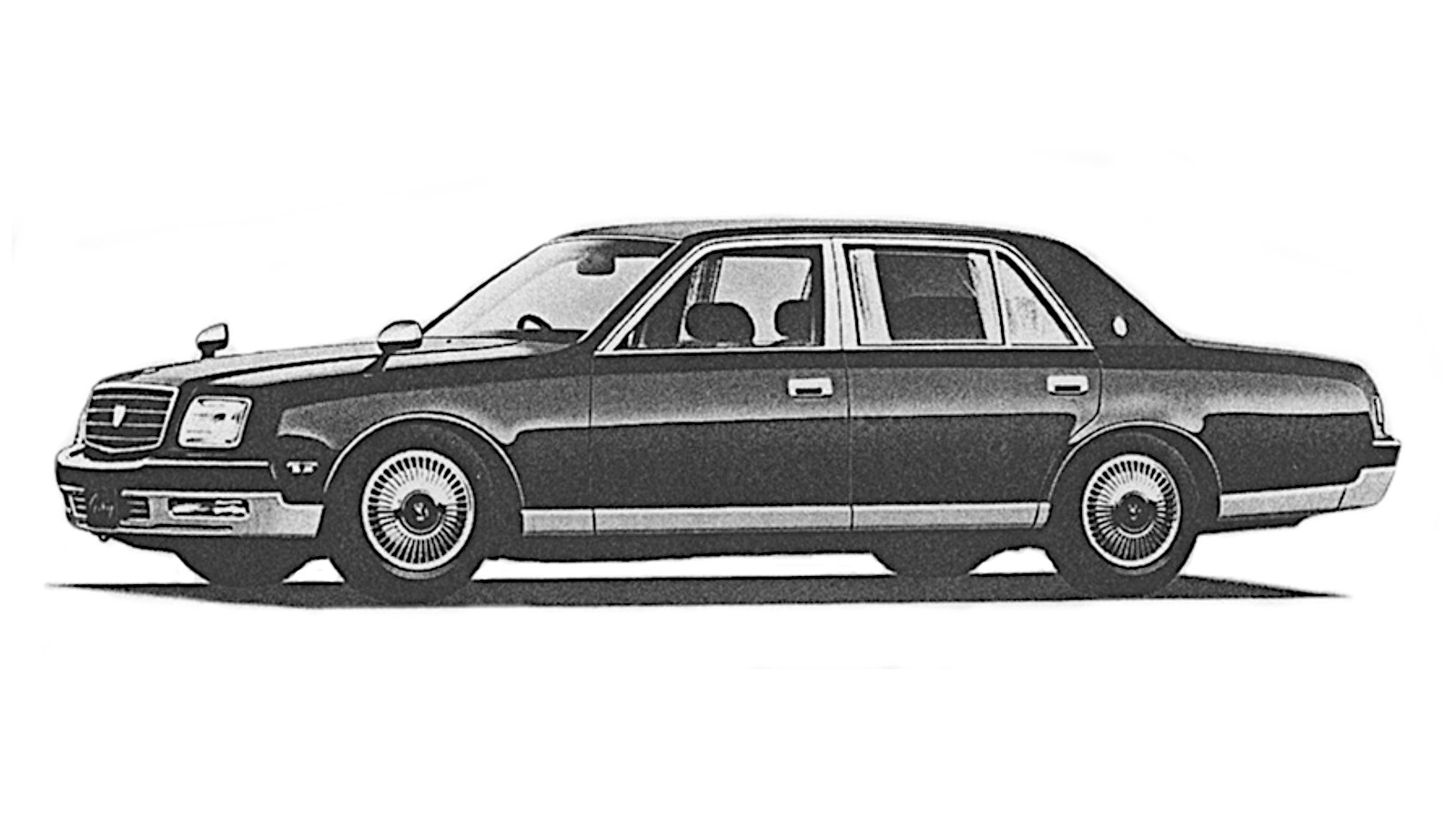 © Toyota
© Toyota -
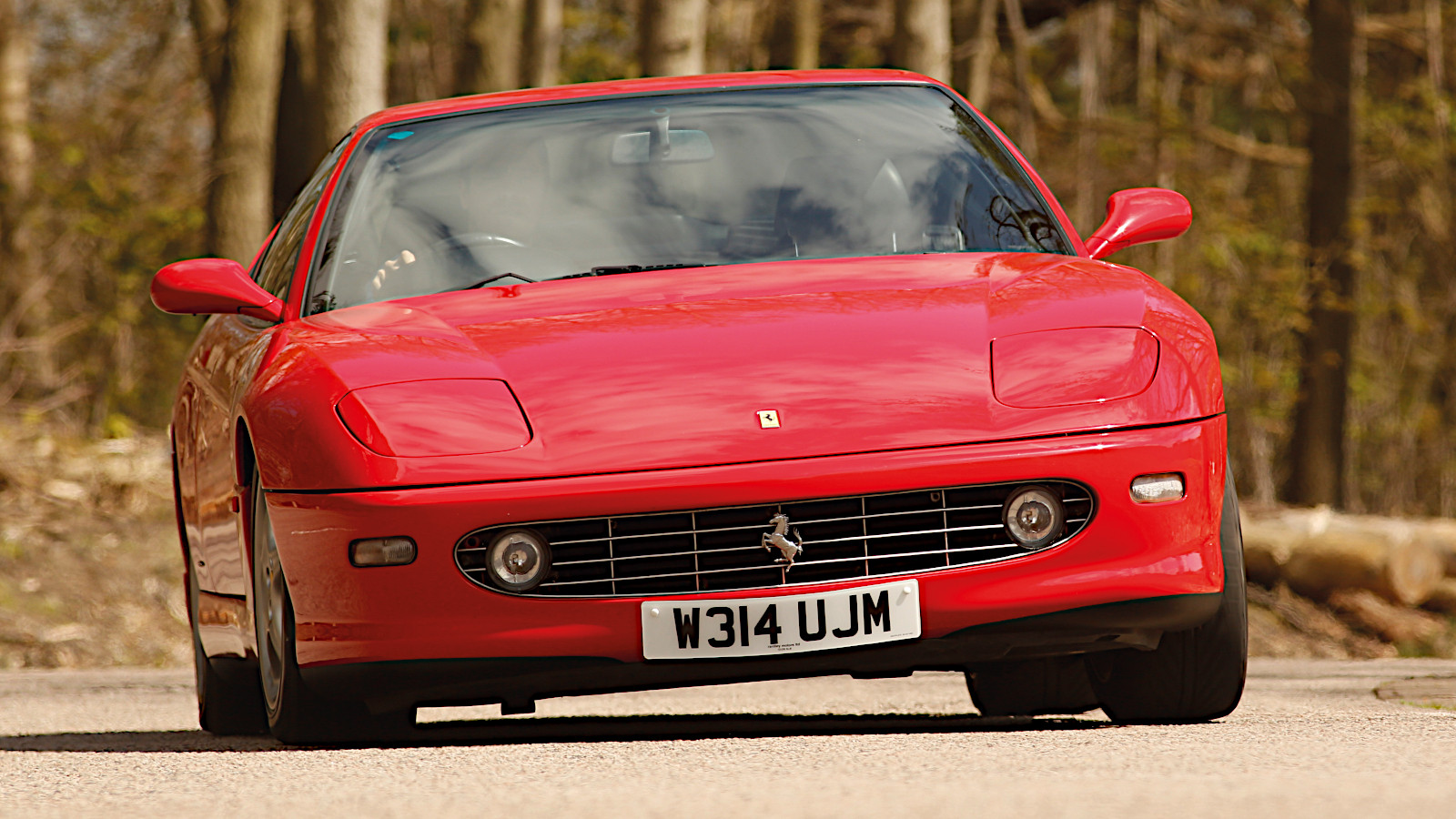 © Tony Baker/Classic & Sports Car
© Tony Baker/Classic & Sports Car -
 © The Market by Bonhams
© The Market by Bonhams -
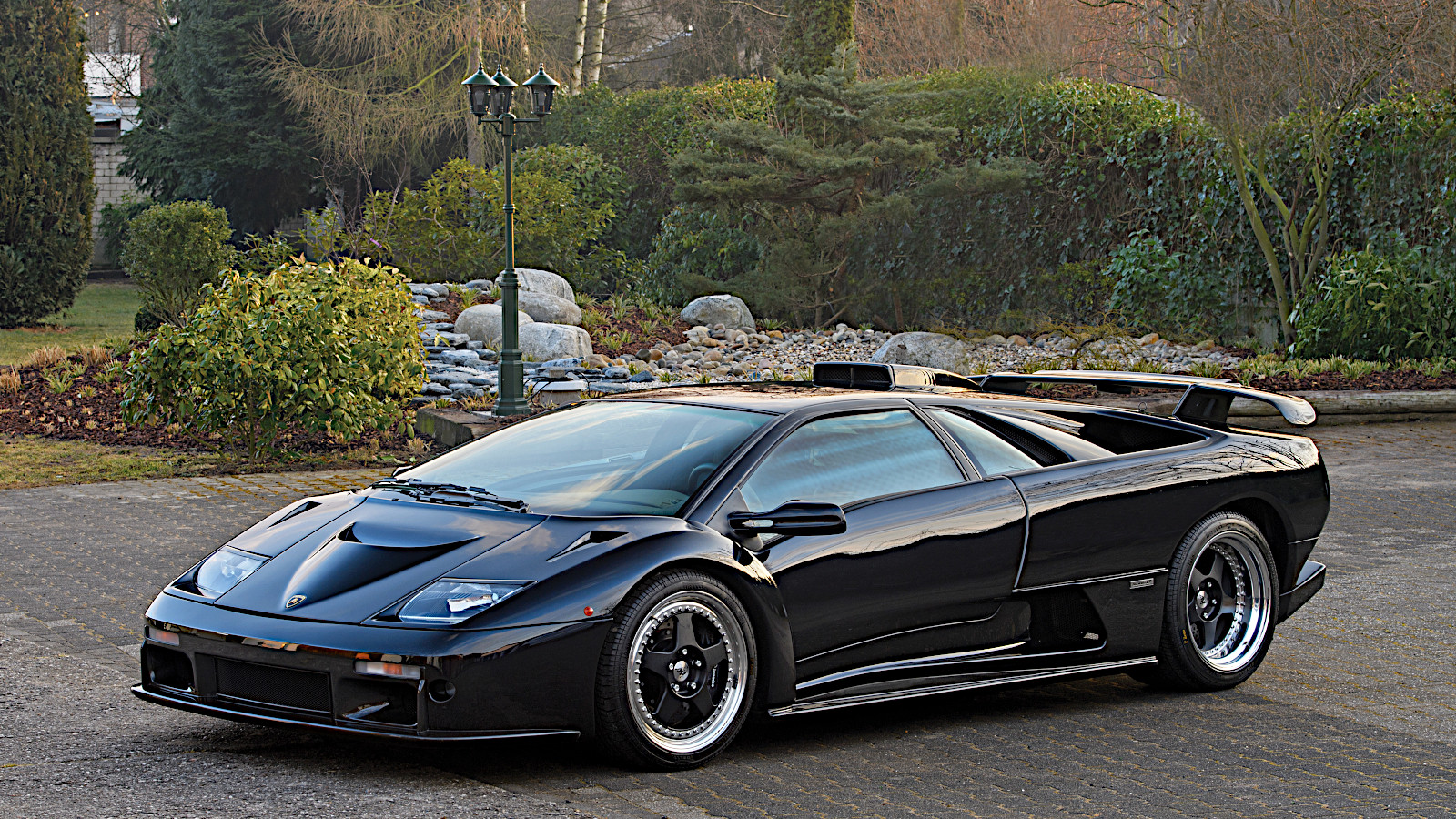 © RM Sotheby’s
© RM Sotheby’s -
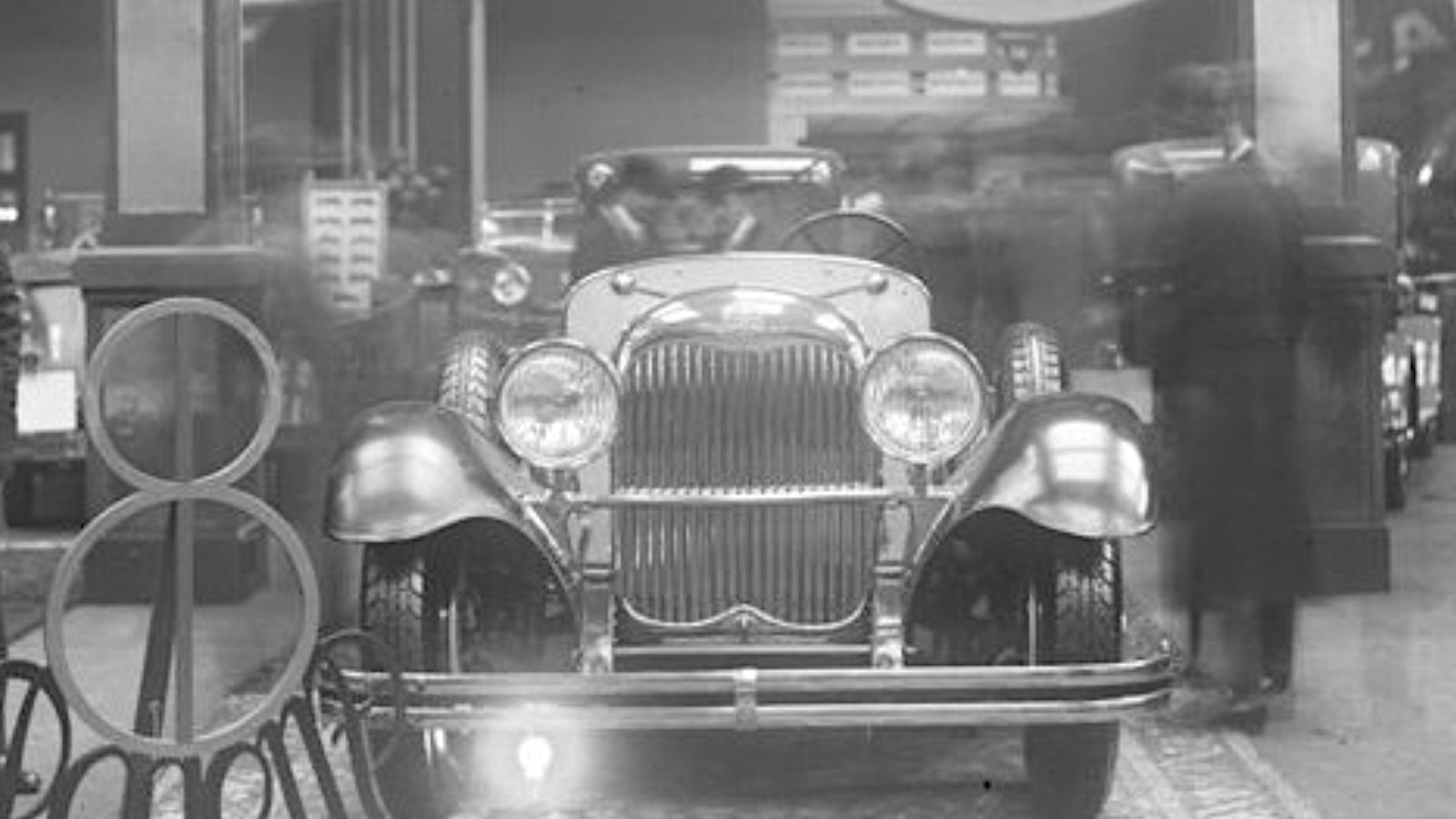 © German Federal Archive
© German Federal Archive -
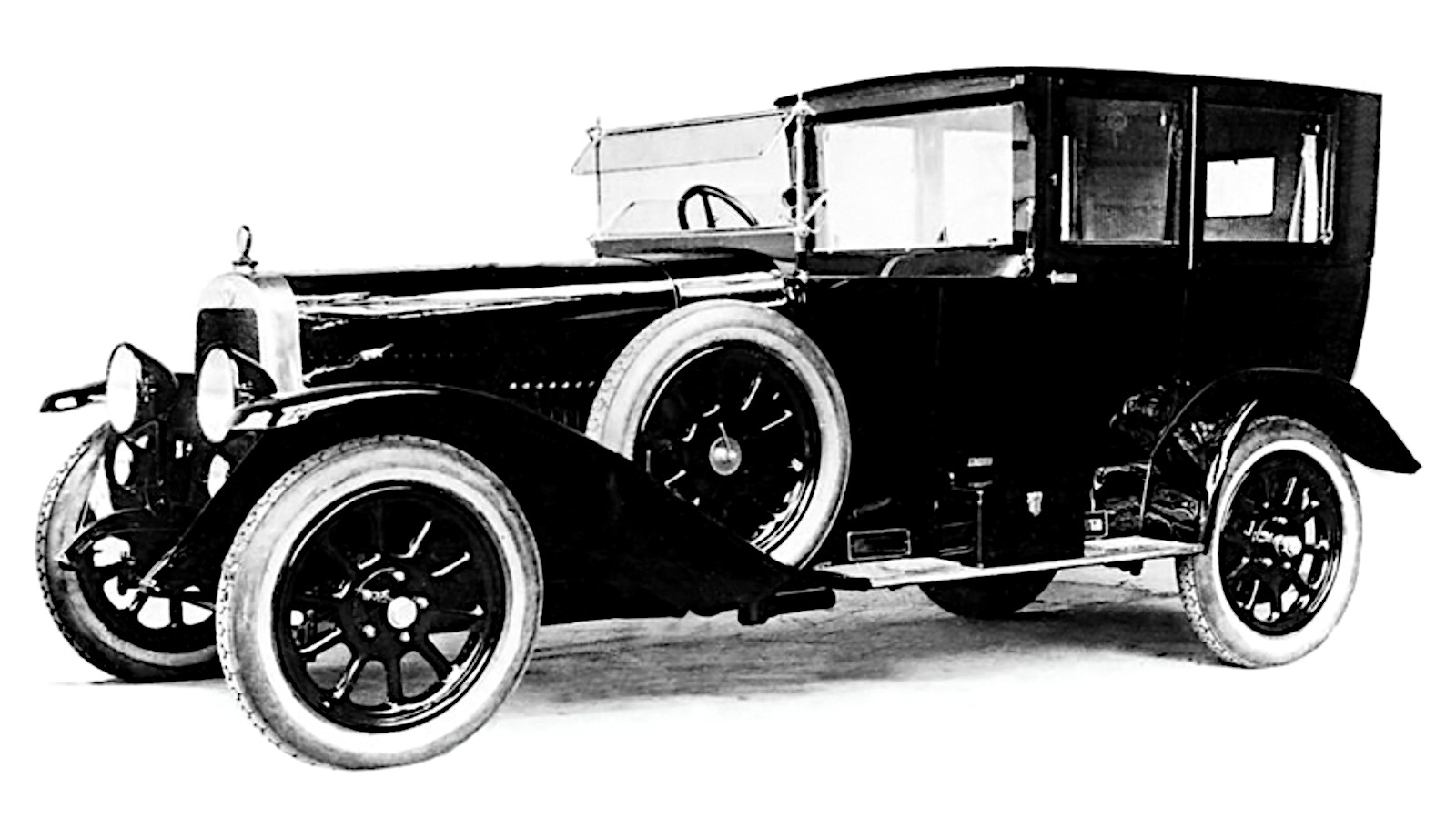 © Public domain
© Public domain -
 © Max Earey
© Max Earey -
 © Julian Mackie/Classic & Sports Car
© Julian Mackie/Classic & Sports Car -
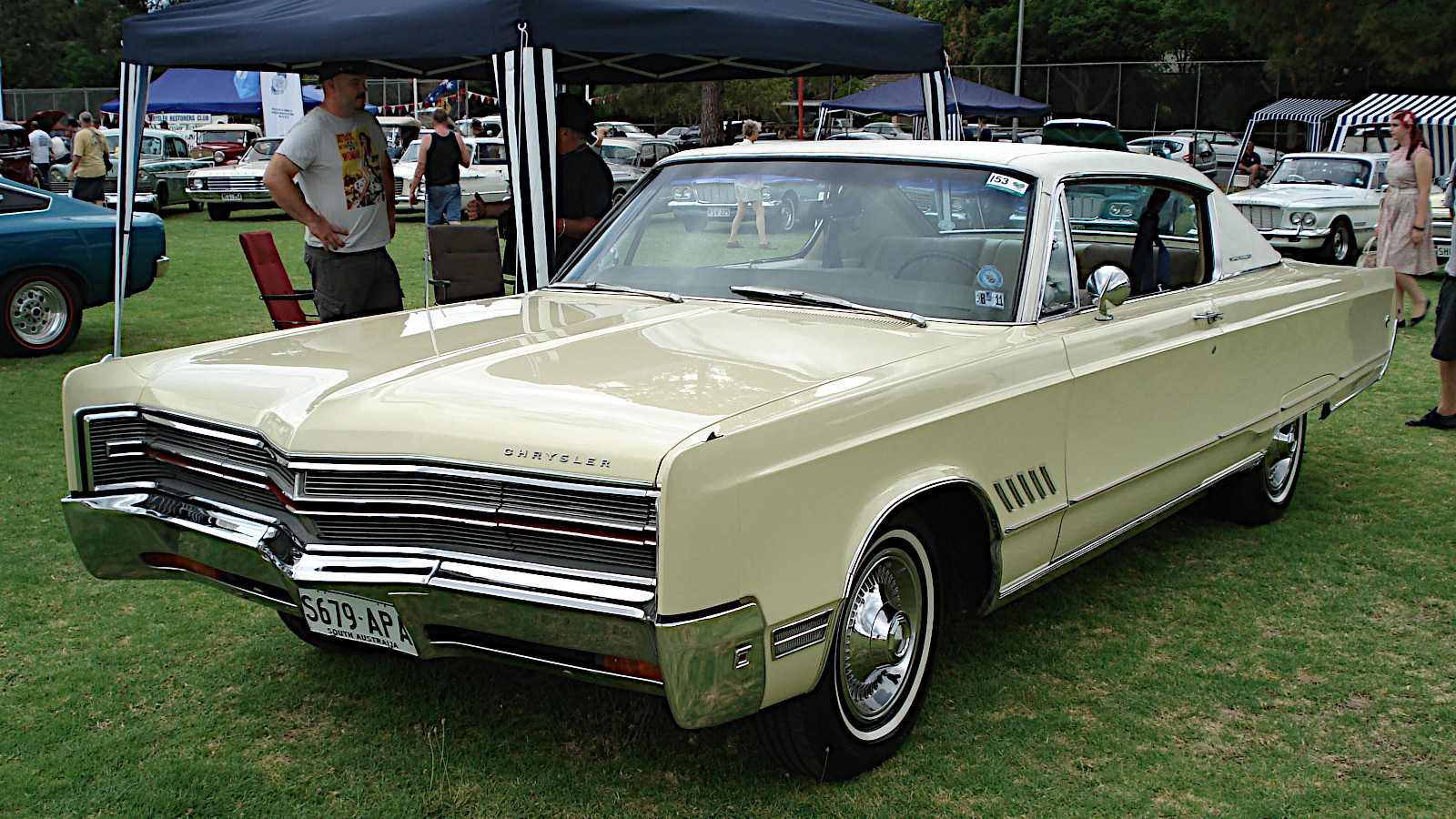 © GTHO/Creative Commons https://creativecommons.org/licenses/by-sa/3.0/legalcode
© GTHO/Creative Commons https://creativecommons.org/licenses/by-sa/3.0/legalcode -
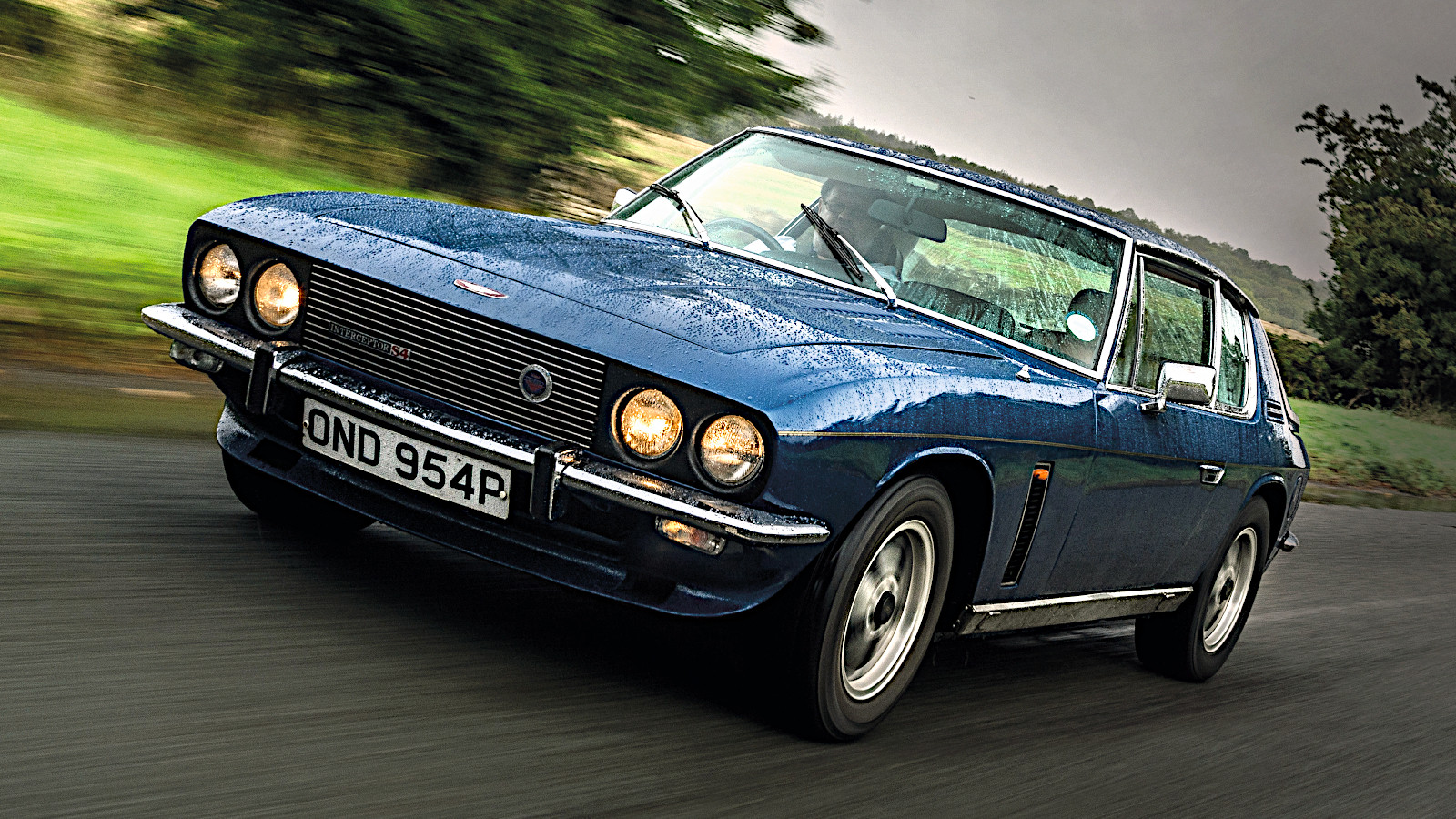 © Olgun Kordal/Classic & Sports Car
© Olgun Kordal/Classic & Sports Car -
 © Sicnag/Creative Commons https://creativecommons.org/licenses/by/2.0/legalcode
© Sicnag/Creative Commons https://creativecommons.org/licenses/by/2.0/legalcode -
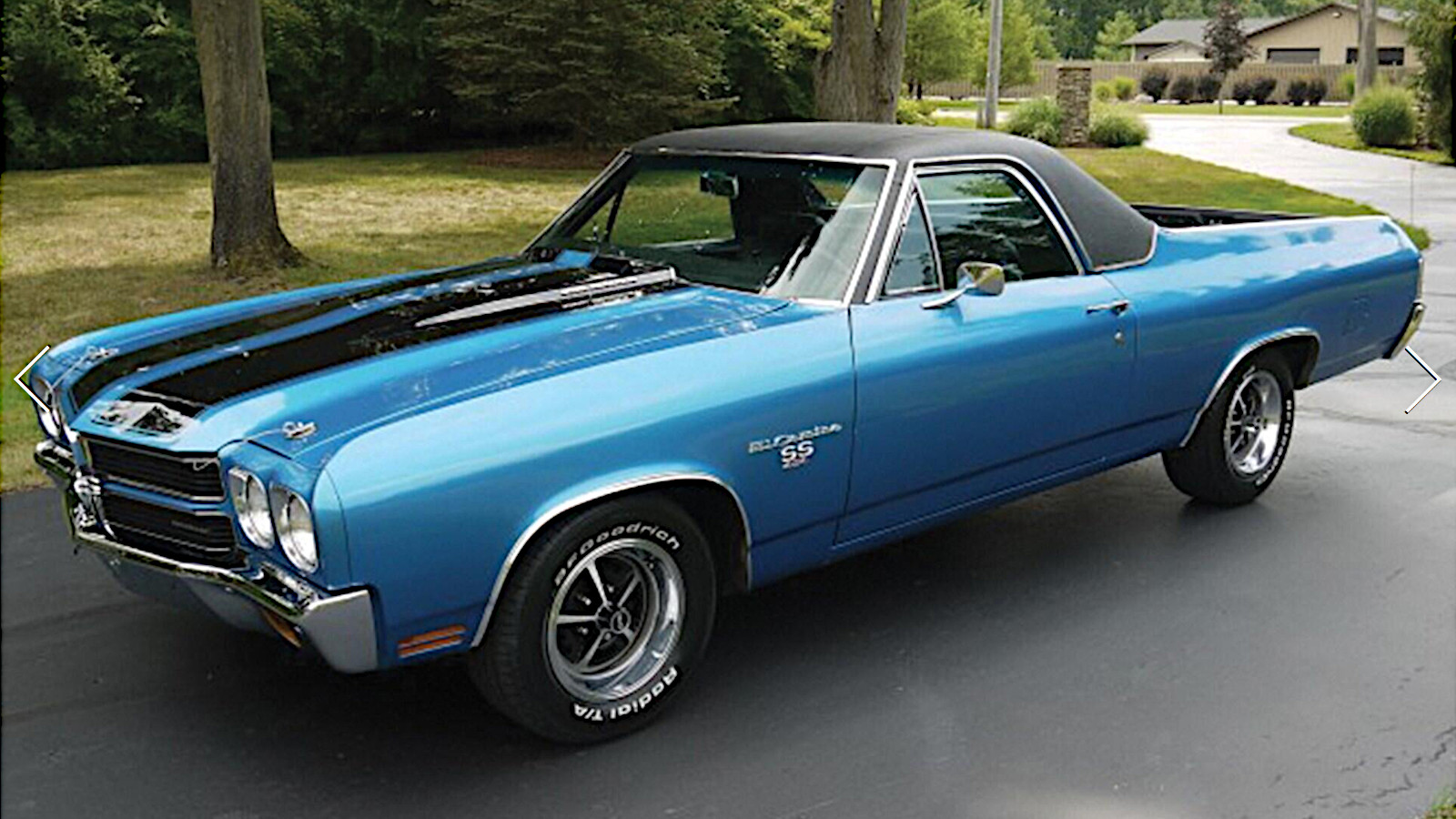 © RM Sotheby’s
© RM Sotheby’s -
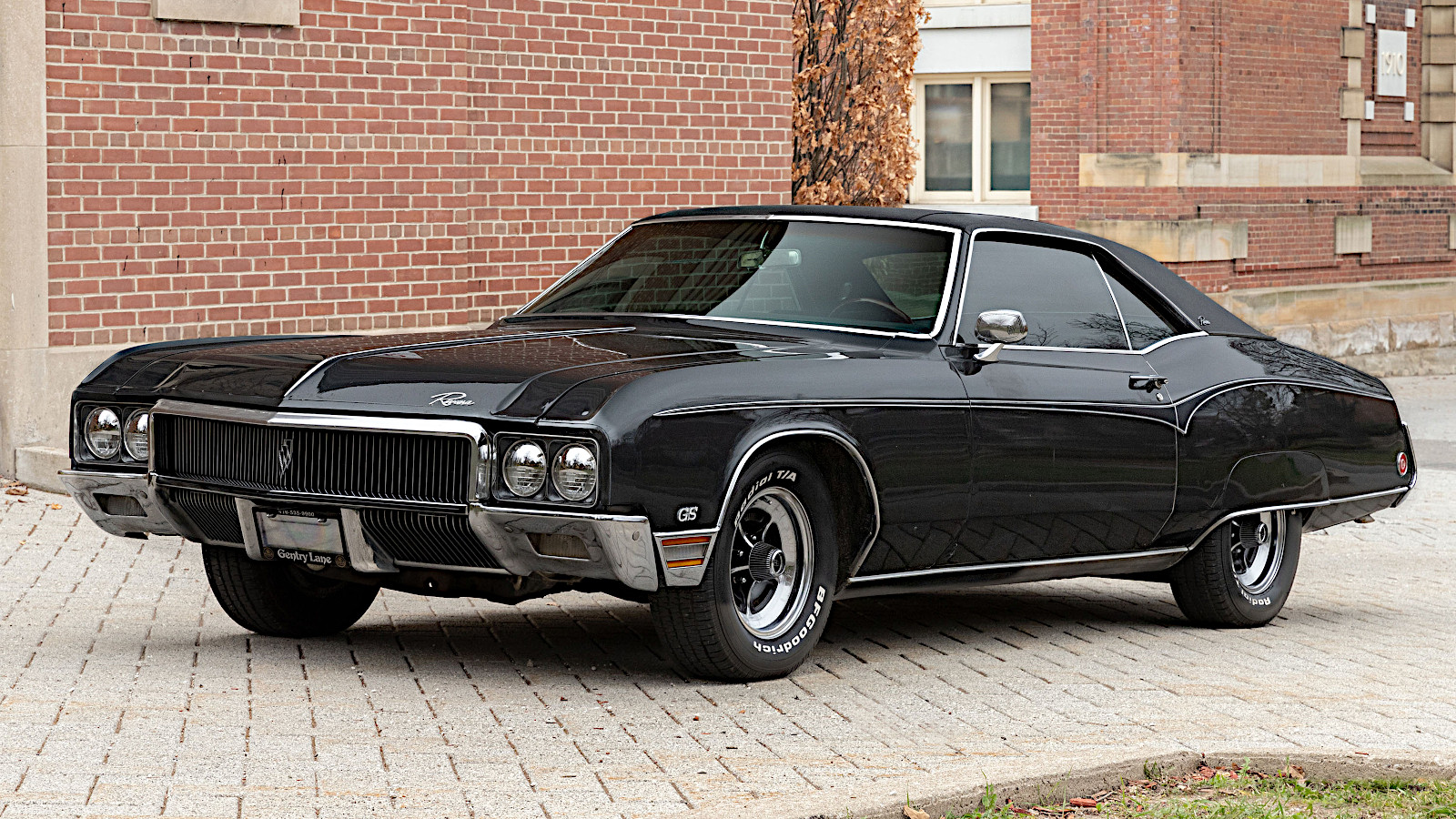 © RM Sotheby’s
© RM Sotheby’s -
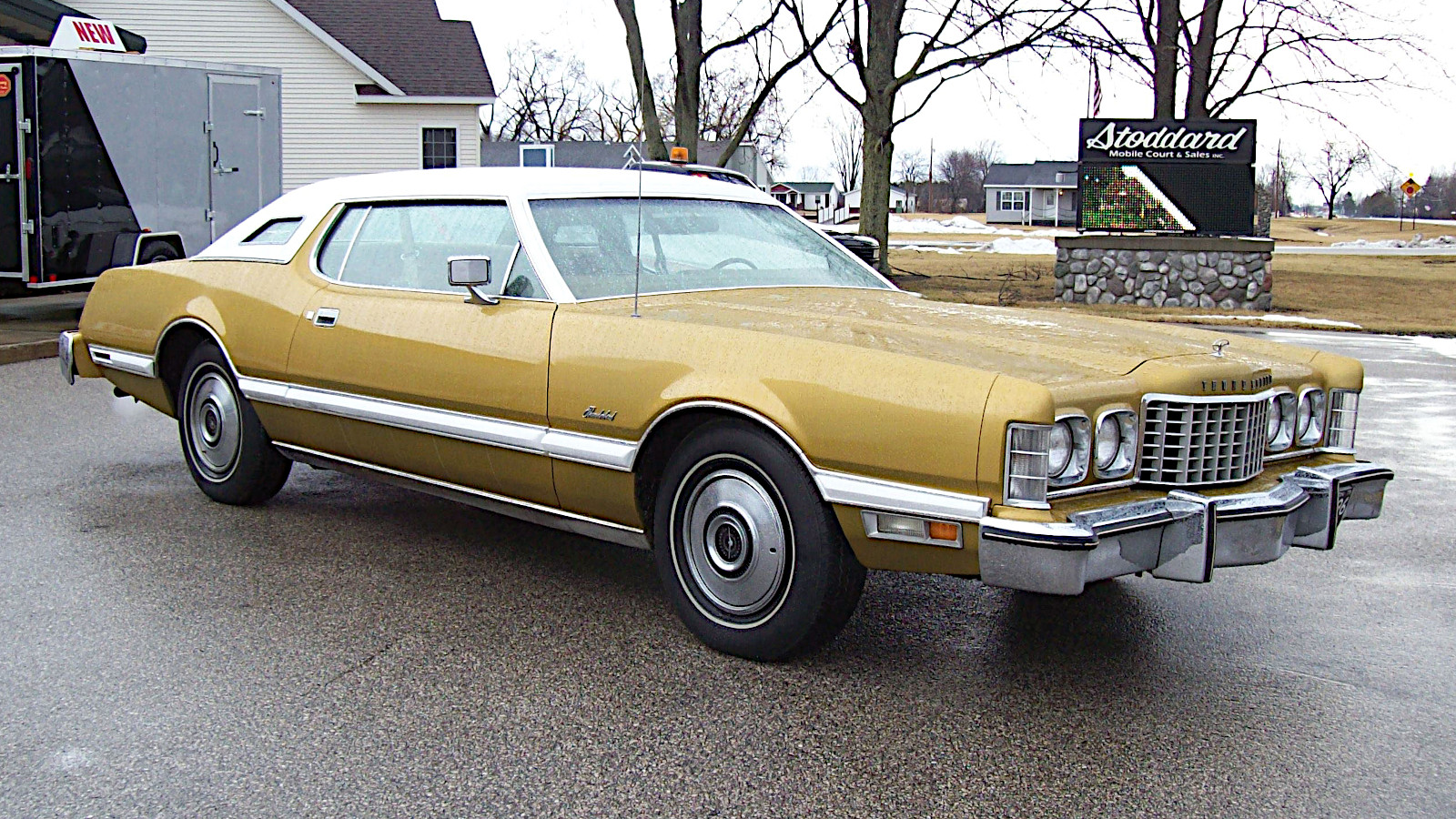 © RM Sotheby’s
© RM Sotheby’s -
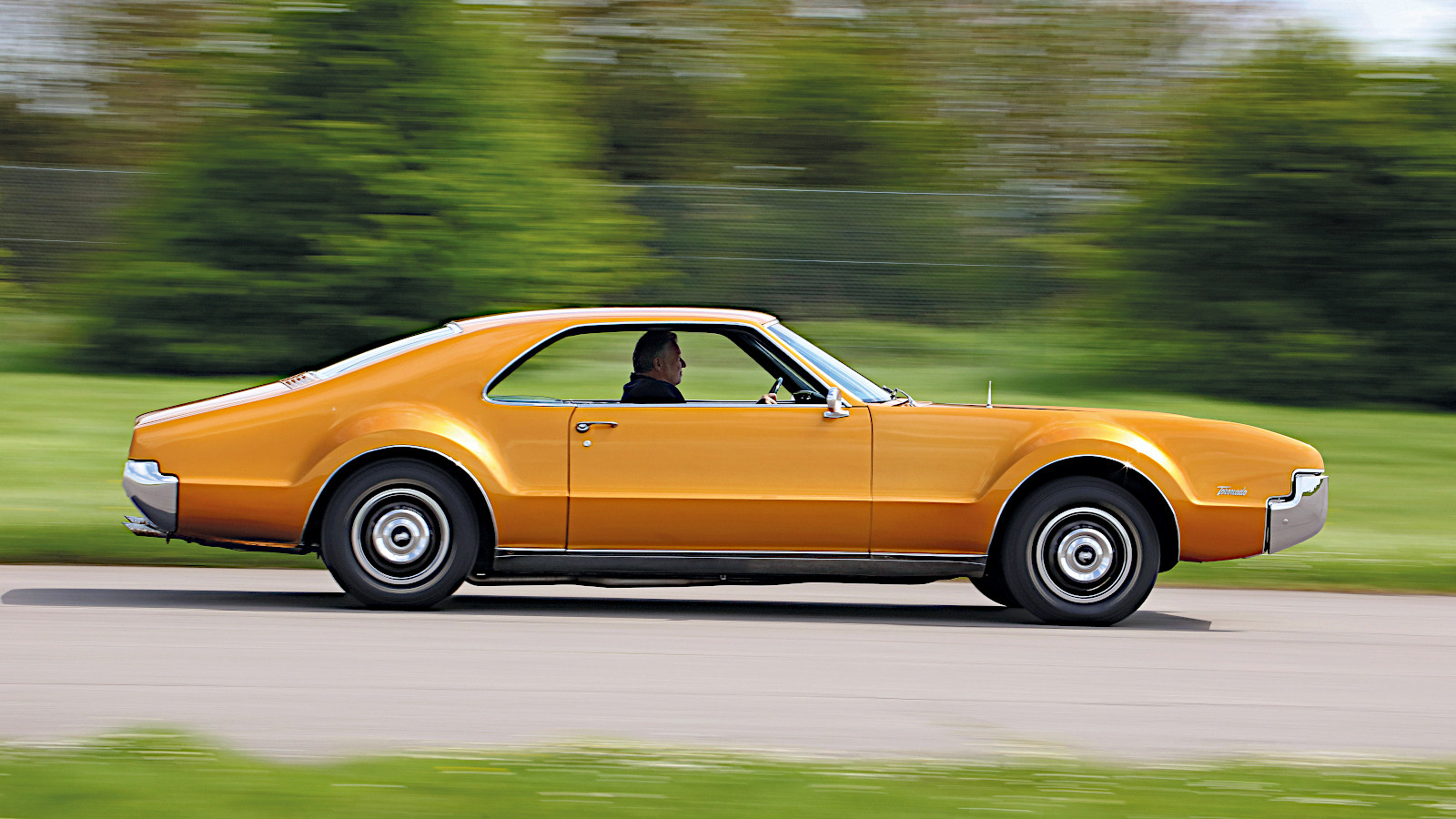 © James Mann/Classic & Sports Car
© James Mann/Classic & Sports Car -
 © RM Sotheby’s
© RM Sotheby’s -
 © RM Sotheby’s
© RM Sotheby’s -
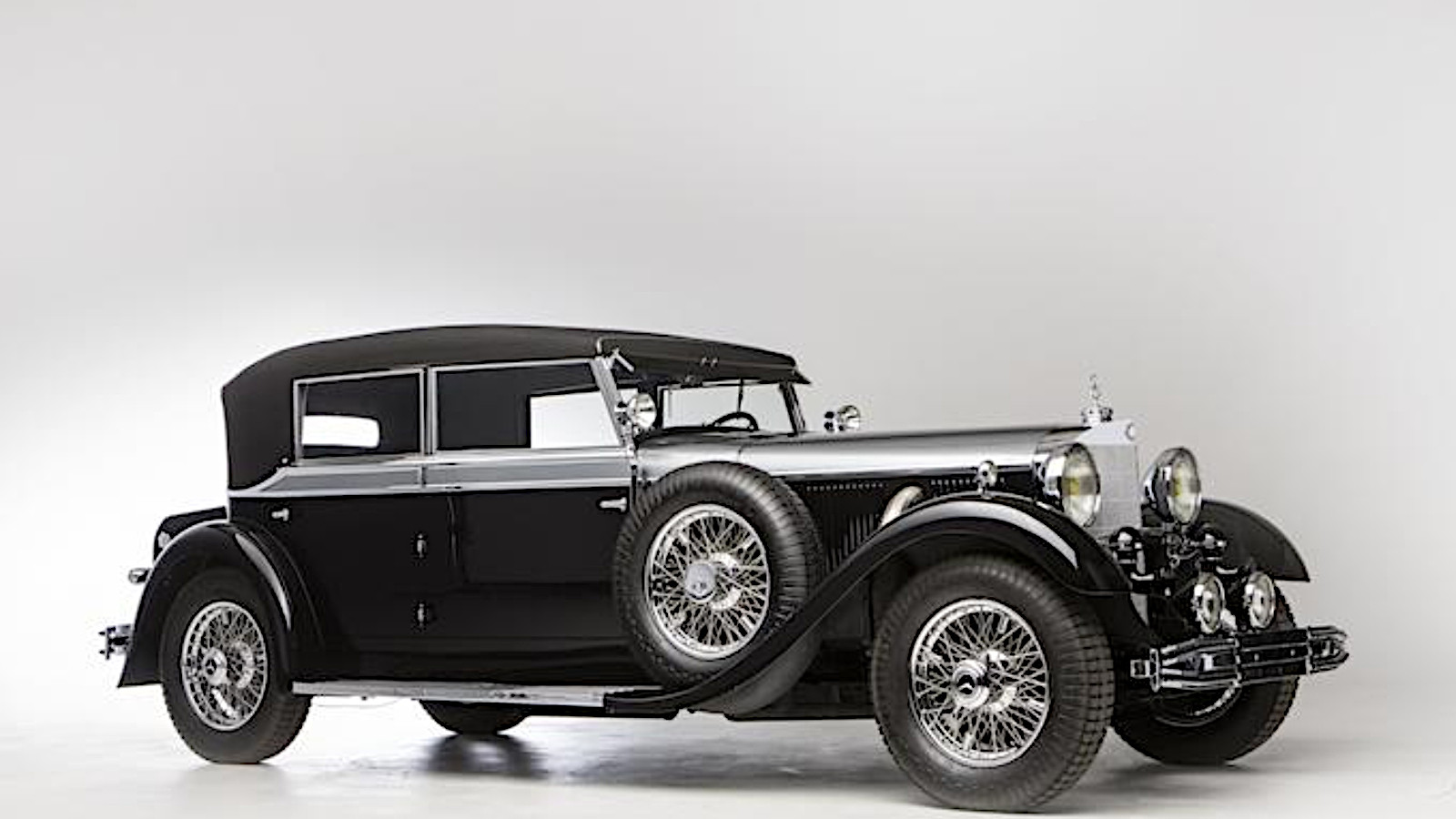 © Bonhams
© Bonhams -
 © James Mann/Classic & Sports Car
© James Mann/Classic & Sports Car -
 © Edvvc/Creative Commons https://creativecommons.org/licenses/by/2.0/legalcode
© Edvvc/Creative Commons https://creativecommons.org/licenses/by/2.0/legalcode -
 © Tony Baker/Classic & Sports Car
© Tony Baker/Classic & Sports Car -
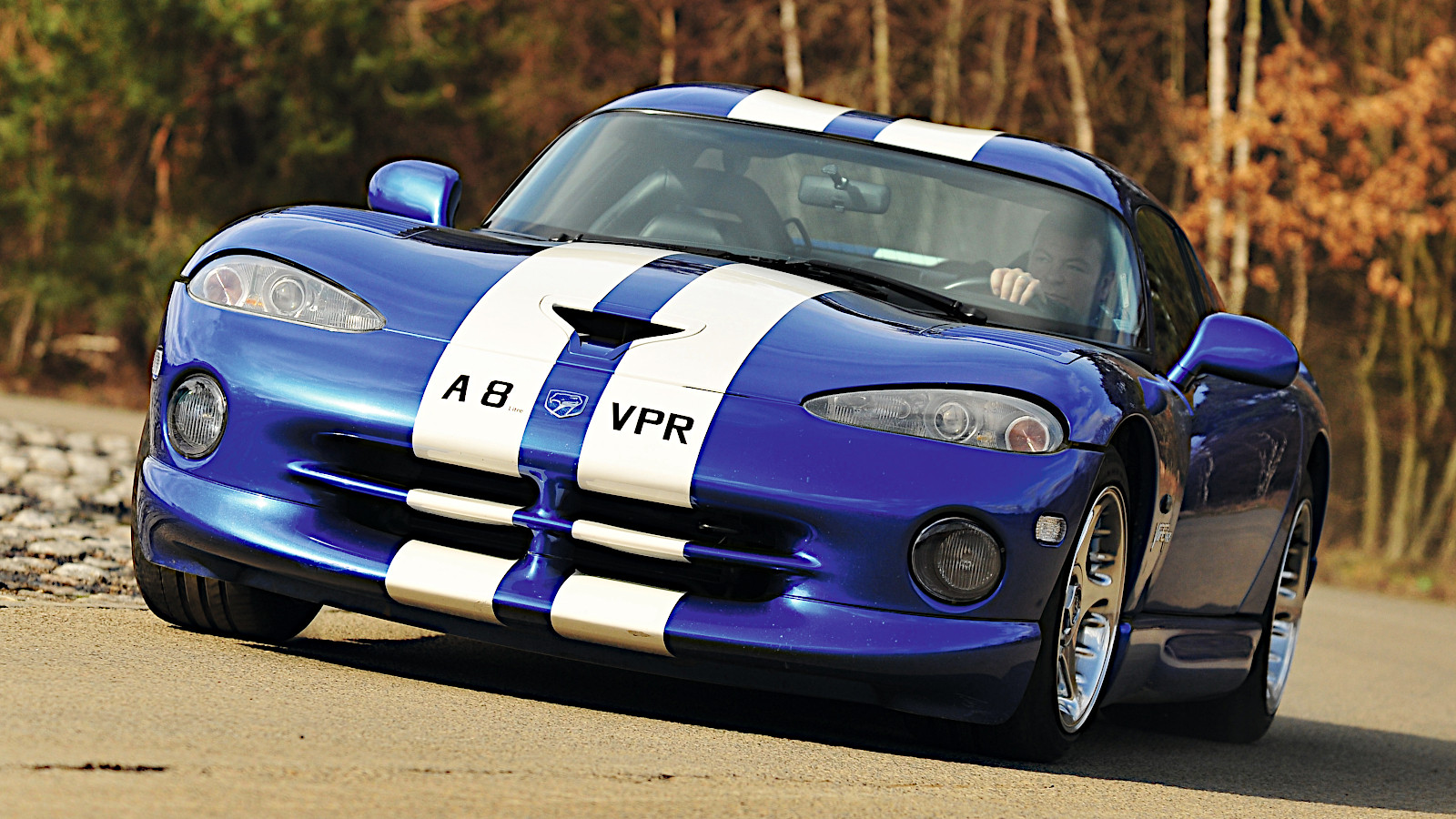 © John Bradshaw/Classic & Sports Car
© John Bradshaw/Classic & Sports Car -
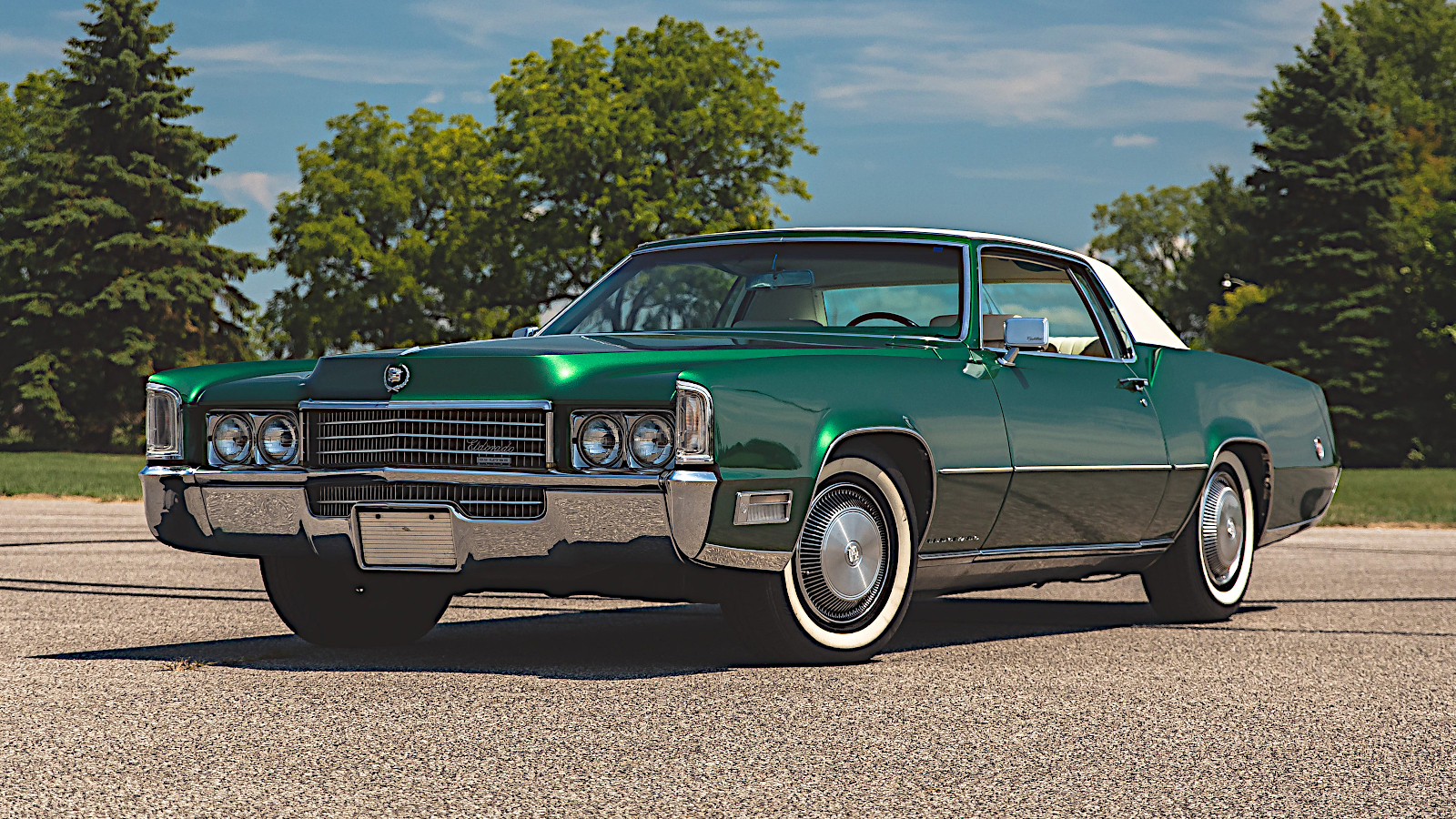 © RM Sotheby’s
© RM Sotheby’s -
 © Public domain
© Public domain -
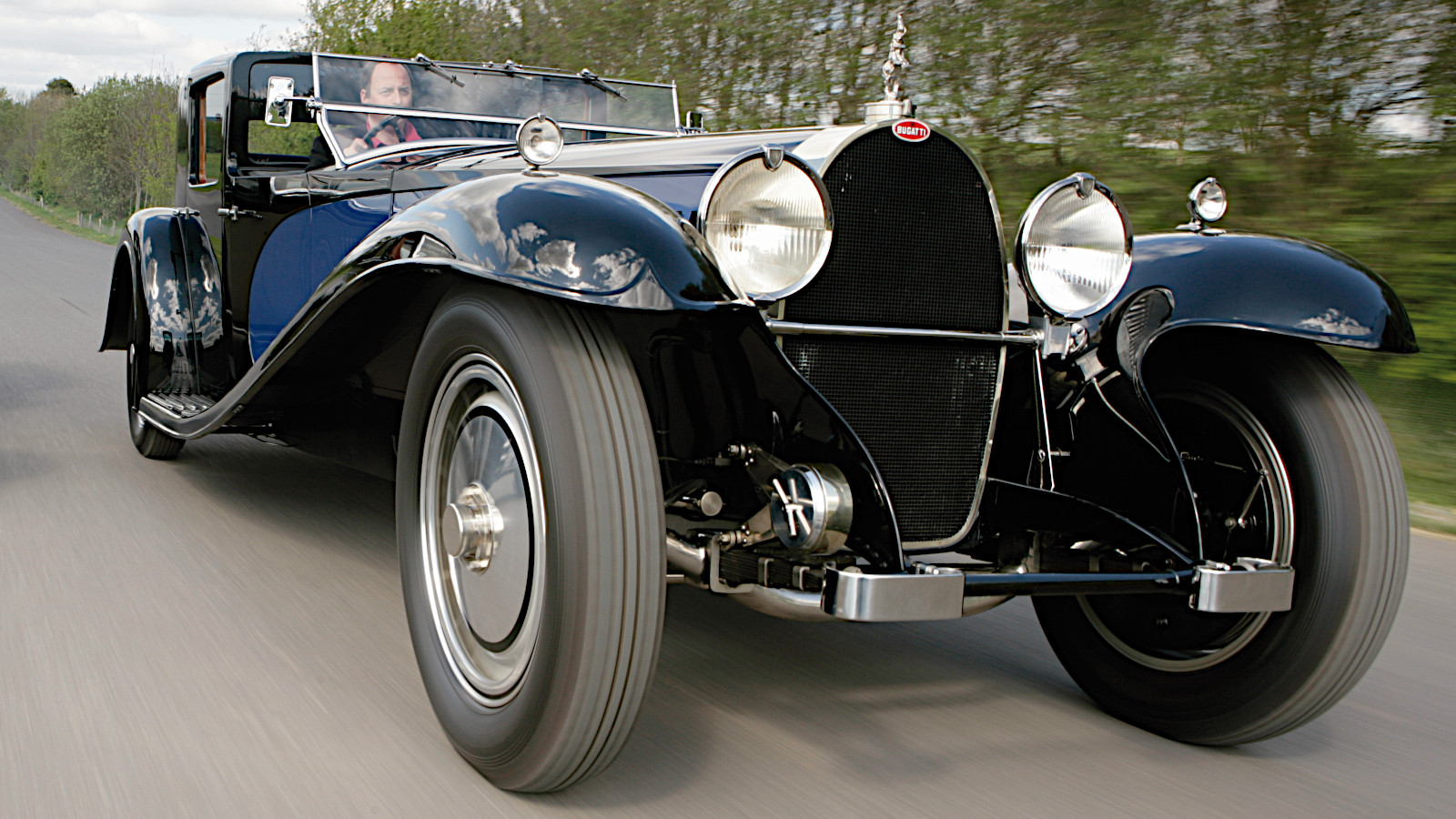 © Tony Baker/Classic & Sports Car
© Tony Baker/Classic & Sports Car -
 © Bonhams
© Bonhams -
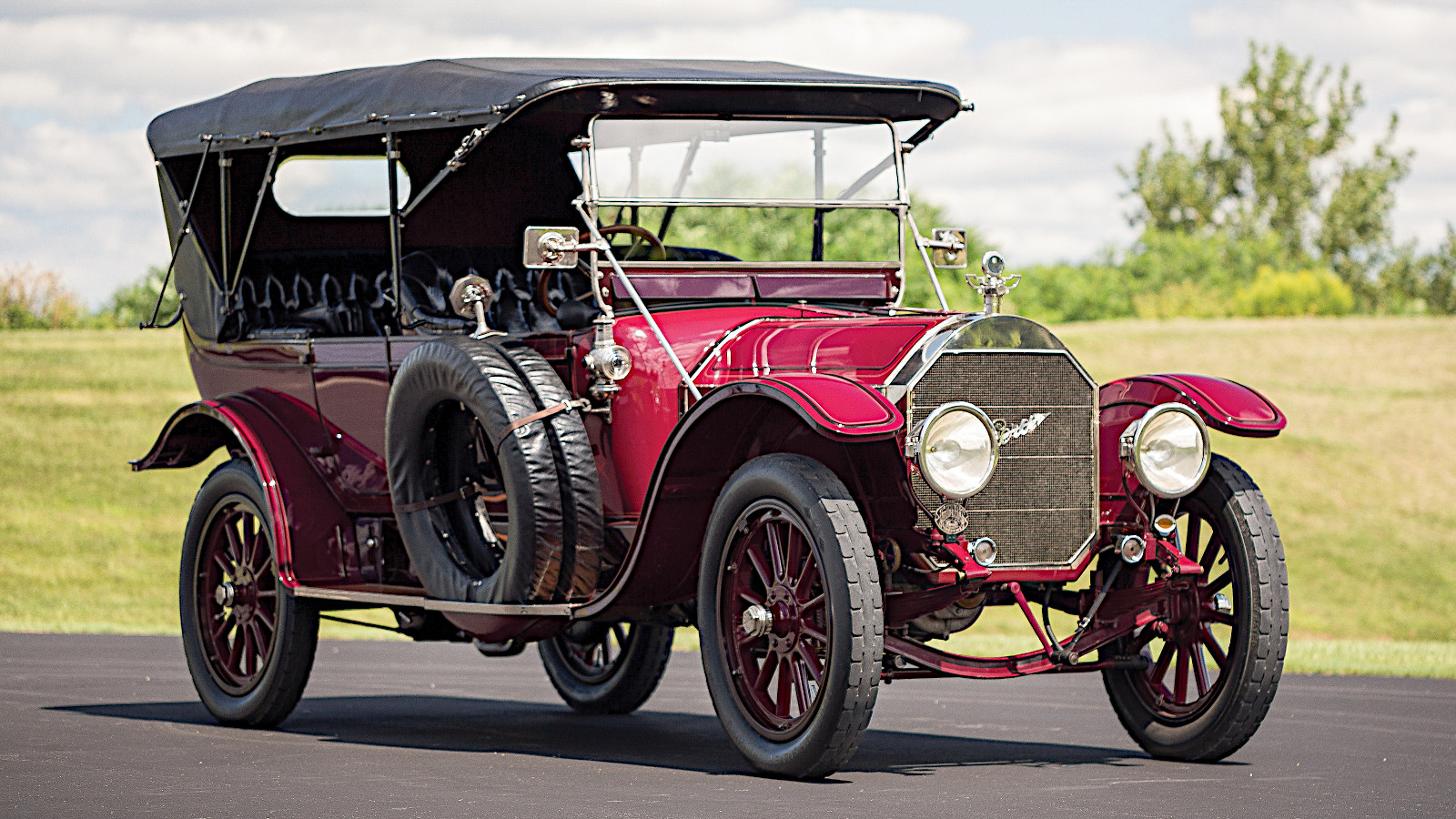 © RM Sotheby’s
© RM Sotheby’s
-
When bigger was better
As the electric revolution whirrs on, car engines in general – and large ones in particular – are gradually being seen as less relevant than could previously have been imagined.
In more innocent and less enlightened times, very big engines were popular, not only in luxury and high-performance models, but often in those used for everyday transport.
Many brands had at least one monster in their portfolio. Here were we look at 29 of the most extreme cases produced in the 20th century, in increasing order of size as expressed in tenths of a litre.
-
Range Rover (4.6 litres)
The Rover V8 engine was derived from a 3.5-litre unit used briefly by Buick.
Rover made many changes, but retained the original capacity for many years.
It was later expanded, reaching 4.6 litres in the second-generation Range Rover. Larger V8s used in this century have not been related to the original engine.
The same unit was used in larger forms by other manufacturers, but never by Rover or its successors.
-
Maserati 5000GT (4.9 litres)
Launched in 1959, the 5000GT combined the chassis of the earlier 3500GT with a larger (and, to use Maserati’s term, more ‘civilised’) version of the 4.5-litre engine fitted to the 450S sports racing car.
This was not the largest engine Maserati ever used in a road car – the MC12 was powered by a 6.0-litre V12 – but it was the largest of the 20th century, which is what we’re interested in here.
The same unit would later be used in the Quattroporte saloon, the Mexico and the Ghibli SS.
-
Toyota Century (5.0 litres)
Little known outside Japan, the Century is a large luxury model which has been produced in three generations since 1967.
The original model was available with a variety of V8 engines. For its successor, introduced 30 years later, Toyota developed a 5.0-litre V12 which has never been used in anything else.
Today’s Century also has a 5.0-litre engine, but this one is a V8 also found in the Lexus LS 600.
-
Ferrari 456 (5.5 litres)
The V12 engine designed by Gioacchino Colombo made its debut in a racing car in 1947, and was still being used four decades later with a capacity more than three times the original 1.5 litres.
At this point, Ferrari decided that the old engine had reached the end of its development.
It was replaced by a brand-new V12 called the F116, which first appeared under the bonnet of the 456. Larger than any of the Colombo engines, it measured 5474cc.
A heavily revised version of the same size, known as the F133, was fitted to the 550 Maranello. In the 21st century, it would be expanded first to 5.7 and later (for competition use) to 6.0 litres.
-
Jaguar XJS (6.0 litres)
Jaguar’s V12 engine was first used in the E-type in 1971.
Its capacity at that time was 5.3 litres. This was unchanged for two decades in standard Jaguars, even surviving a major update which involved fitting new and more efficient cylinder heads.
The first change came in the early 1990s, when Jaguar increased the stroke and raised the capacity to 5993cc in the XJS. The larger engine was later fitted to the XJ12 saloon and its Daimler equivalent, the Double Six.
The V12 was later expanded further, eventually reaching 7.0 litres, but it was never used in this form in a production Jaguar.
-
Lamborghini Diablo (6.0 litres)
The Diablo (‘devil’ in Italian) was the successor to the Lamborghini Countach.
As dramatic as the Countach had been, it was never offered with an engine larger than 5.2 litres. The new V12 in the Diablo started out at 5.7 litres – and reached 6.0 in 1999.
The same engine was later enlarged still further, eventually reaching 6.5 litres in the 21st-century Murciélago and the Reventón.
The LM002 SUV, normally fitted with a 5.2-litre engine, is said to have been offered with a 7.2-litre V12 originally designed for use in powerboats, but it’s not clear if enough were ever built for it to qualify as a production vehicle.
-
Opel 24/110 (6.0 litres)
Shortly before it was taken over by General Motors in 1929, Opel released a luxury car called the 24/110.
At 5.4 metres, it was the longest car Opel ever built, and had the largest engine – a 6.0-litre straight-eight.
The 24/110 was in production for only a few months, and was sometimes referred to the Regent.
Opel later used the Regent name for some versions of a much smaller model, with which the 24/110 should not be confused.
-
Alfa Romeo G1 (6.3 litres)
The G1 was the first car developed (though not the first sold) by the company previously known as A.L.F.A. after the name was changed in honour of its boss Nicola Romeo.
Stripped-down versions were used in motorsport, but at heart the G1 was a luxury car.
Its effectiveness in both cases was largely due to the use of a straight-six engine measuring 6.3 litres.
Its maximum power output was 70bhp – an impressive figure for a road car launched in 1921.
-
Aston Martin Virage (6.3 litres)
We’re playing fast and loose with the definition of a production car here, since the Virage was only ever sold with the 5.3-litre engine which had first appeared in the DBS V8 back in 1969.
In 1992, however, Aston began offering a 6.3-litre unit as part of a factory conversion.
This also involved a wider body and – an astute move, in the circumstances – larger brakes. Converted cars also had badging to indicate that they were fitted with the bigger engine. The same service was also available for the related Volante convertible.
-
Lister Storm (7.0 litres)
As mentioned earlier, Jaguar only ever used its own V12 engine in capacities of up to 6.0 litres for its road cars.
A 7.0-litre engine was also developed, but in most cases it was only ever used in motorsport.
There was one exception. Lister used the 7.0 in its Storm, which is best known as a race car but was also put into production in roadgoing form in 1993.
The engine produced 546bhp and was claimed to give the Storm a top speed of 208mph. Unfortunately, it was too expensive to be viable. Lister abandoned the project after only four road cars had been built, and devoted its attention to motor racing thereafter.
-
Chrysler 300 (7.2 litres)
The RB V8 was the larger of two Chrysler big-block engines produced for two decades from the late 1950s.
It was built in several capacities up to 7.2 litres, and featured in many cars marketed by Chrysler-owned brands.
One of several models wearing Chrysler badges to use it was the 300, which made its debut in 7.2-litre form in the mid 1960s.
Another Chrysler with an even larger engine appeared towards the end of the century, but it was not sold in the US with that badge. We’ll explore that anomaly in more detail later.
-
Jensen Interceptor (7.2 litres)
Most cars powered by the Chrysler RB were, naturally enough, built in North America.
One of the rare exceptions was the Jensen Interceptor, which was manufactured in West Bromwich.
The Interceptor was introduced in 1966 with a 6.3-litre engine. Five years later, halfway through its production life, this unit was replaced by the 7.2-litre RB.
-
Plymouth Superbird (7.2 litres)
Every car fitted with the Chrysler RB had some kind of visual presence, but the Superbird was certainly one of the most dramatic.
Based on the Plymouth Road Runner, it was produced briefly in 1970, and featured an aerodynamic nose and a huge rear wing designed to make it effective in NASCAR racing (which it was).
The RB was the larger of two available engines. The other was the 7.0-litre Hemi, which was used in NASCAR events.
All of the above also applies to the contemporary Dodge Charger Daytona which, however, was not the largest-engined Dodge produced in the 20th century.
-
Chevrolet El Camino (7.4 litres)
Although larger ‘crate’ engines were also available, the greatest capacity of any Chevrolet big-block V8 fitted to a production passenger car in the 20th century was 7.4 litres.
A big-block of this size first appeared in the 1970 model year, and was fitted to several Chevys thereafter.
We’ve chosen the El Camino as an example simply because it’s one of the few car-derived pick-ups manufactured in the US.
-
Buick Riviera (7.5 litres)
The Buick big-block V8 started out with capacities of 6.6 and 7.0 litres, and was expanded to 7.5 litres for the 1970 model year.
By the middle of the decade, its fuel consumption and exhaust emissions had become problematic, and it was soon withdrawn.
Before that happened, it was fitted to several of Buick’s larger models. The Riviera is a good example, but others include the Electra, the Riviera and, for its final year, the Wildcat.
-
Ford Thunderbird (7.5 litres)
Having started out as a two-seat convertible in the mid 1950s, the Thunderbird grew steadily over the years.
The sixth-generation T-bird, introduced in 1971, was the largest car ever to bear that name, measuring 5.7 metres from bumper to bumper, and appropriately enough it had the largest engine.
The 7.5-litre V8 was the highest-capacity motor in the 385 range. It also appeared in other Fords (including the very unThunderbird-like E-Series van) as well as the Lincoln Continental and several Mercurys.
-
Oldsmobile Toronado (7.5 litres)
The Oldsmobile V8 sometimes referred to as the Generation II first appeared as a 5.4, and grew rapidly from that relatively modest starting point.
In 7.0-litre form, it might have become the largest engine ever available in a Vauxhall, but that idea was abandoned when the Cresta prototype it was fitted to came to a sorry end in a testing accident.
Oldsmobile, however, took it still further, increasing the engine’s bore and raising the capacity to 7.5 litres.
The brand used this engine in several models including the Toronado, which was notable because (like the doomed Vauxhall) it had front-wheel drive.
-
Pontiac Firebird (7.5 litres)
As will have become clear by now, it was once common for different brands within General Motors to develop their own engines, including very large V8s.
The Pontiac unit was not directly related to similar-sized motors produced by Buick or Oldsmobile, and was available in a remarkable variety of capacities all the way down to 4.3 litres.
In 1970, it reached its peak of 7.5 litres. Most large Pontiacs were powered by this version, including the dramatic Firebird TransAm SD-455 pictured here.
-
Lincoln Continental (7.6 litres)
The MEL (Mercury-Edsel-Lincoln) V8 engine was fitted to several cars marketed by Ford or itself or by Ford-owned brands for around a decade starting in 1958.
The largest version, measuring 7.6 litres, was fitted only to the Lincoln Continental, and for just a couple of model years.
It was replaced by the slightly smaller 385 mentioned earlier in the context of the Ford Thunderbird.
-
Mercedes-Benz 700 (7.7 litres)
Even ignoring the units designed to power trucks and buses, Mercedes has come up with some monster engines over the years.
The 7.3-litre V8 which powered the SL73 AMG and the Pagani Zonda in the late 20th and early 21st centuries is a case in point.
But even this mighty device looks petite compared with the 7.7-litre straight-eight which powered the Mercedes 770 introduced in 1930, either with or without a supercharger.
Both the car and its engine were significantly updated in 1938, but the capacity remained the same.
-
Rolls-Royce Phantom (7.7 litres)
The Rolls-Royce Silver Ghost (the informal name for the 40/50hp) had a straight-six engine which began life at 7.0 litres but was later taken out to 7.4.
For its successor, the first-generation Phantom, Rolls-Royce went a step further by creating a new straight-six measuring 7.7 litres.
Four years after that car was introduced in 1925, the same engine was carried over to the Phantom II.
This was as far as the company was prepared to go with an engine fitted to a production car. The V12 in the Phantom III had twice as many cylinders, but it was slightly smaller at 7.3 litres.
-
TVR Cerbera Speed 12 (7.7 litres)
As with the Aston Martin 6.3, the definition of a production car is taking an arrow to the knee in this case, because although the Cerbera Speed 12 was intended to become part of TVR’s range this never actually happened.
The 7.7-litre engine was derived from the same company’s widely used Speed Six with a view to using it mostly in race cars.
Its proposed application in the roadgoing Cerbera was abandoned when then-boss Peter Wheeler drove a prototype and decided that it was just too powerful.
-
Bentley 8 Litre (8.0 litres)
The last engine developed by Bentley during its period as an independent manufacturer was also its largest.
Derived from an earlier 6.5-litre straight-six, it had several alterations including an increase in bore size which raised the swept volume to 8.0 litres.
Following Bentley’s policy of the time, which favoured precision over panache, the car it was fitted to in 1930 was named after its capacity.
Bentley was by now in severe financial trouble, and was taken over shortly afterwards by Rolls-Royce, which sold it to Volkswagen many years later. At no time in these periods of ownership has any of its production cars been fitted with an engine of similar or greater size.
-
Dodge Viper (8.0 litres)
The Viper was sold as a Chrysler in some markets, but it was known back home as a Dodge, so that’s what we’re going with here.
Every Viper had a V10 engine which began life as an 8.0-litre and remained so until after the turn of the century.
It was the only engine fitted to a Dodge of the classic period which exceeded the 7.2-litre Chrysler V8 mentioned earlier.
Dodge subsequently went still further, raising the capacity first to 8.3 litres and then to 8.4.
-
Cadillac Eldorado (8.2 litres)
The mightiest of all Cadillac engines was a V8 which began life as a 7.7-litre in the late 1960s and was enlarged to 8.2 litres for the 1970 model year.
Cadillac would go on to use it in other models, but to begin with it was available only in the Eldorado in the last year of its eighth generation and most of the way through its ninth.
These cars were even more extreme examples than the Oldsmobile Toronado of a truly enormous engine being combined with front-wheel drive.
-
Renault Type AR (9.5 litres)
Fans of early Renaults will know that the 40CV – an extraordinary car which not only provided luxury transport but was also fast enough to win the 1925 Rallye Monte-Carlo – was fitted with a 9.1-litre engine in its later years.
Renault has produced nothing larger for a passenger car since then, but it had done so before.
For a brief period in 1908 and 1909, it produced the Type AR (also known as the 50CV) whose straight-six engine measured 9.5 litres.
This was none too impressive compared with racing engines (Renault’s Grand Prix car of the same period had a 13-litre motor, which was considered small), but it was one of the largest ever fitted to a car intended for road use.
-
Bugatti Royale (12.8 litres)
Officially known as the Type 41, the Royale was a vast car powered by a suitably colossal engine.
The straight-eight measured just under 12.8 litres, and is close to being the biggest ever used in a production car.
Production was admittedly limited. The Royale’s career coincided with the Great Depression, and even the super-rich shied away from buying such an expensive car.
The engine, however, survived for a remarkably long time. It powered trains operated by the French National Railway until well into the 1950s.
-
Peerless Model 60 (13.5 litres)
The current record for the largest engine ever fitted to a production car was established before the First World War, and is shared by two American manufacturers.
Along with Packard and Pierce-Arrow, Peerless was one of the three Ps of the US motor industry, all of which specialised in luxury cars.
While Packard bowed out of the engine capacity arms race at an early stage, the others kept going. Possibly in response to a similar move by Pierce-Arrow, Peerless created a massive straight-six for its Model 60 of 1912.
At 13.5 litres, it made the Bugatti Royale’s engine look almost unadventurous, though it’s unlikely that many Bugatti customers would have been aware of the earlier Peerless.
-
Pierce-Arrow Model 66 (13.5 litres)
As hinted at in the previous slide, Pierce-Arrow also developed a 13.5-litre engine for its Model 66, a direct rival to the Peerless Model 60.
Slightly cheaper (or, more appropriately, less expensive) than the Peerless, the Model 60 was built in surprisingly large numbers.
Well over 1000 are believed to have been made, though the number of survivors today is understood to be just 14. At least one of these was owned in the 1920s by the Minneapolis Fire Department, which needed something powerful enough to transport large amounts of water as quickly as possible.
